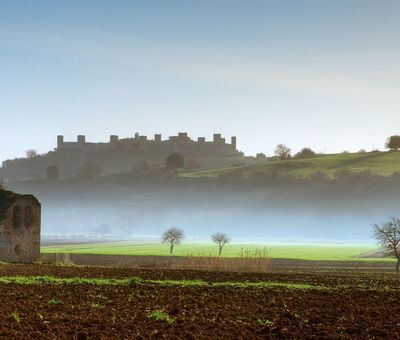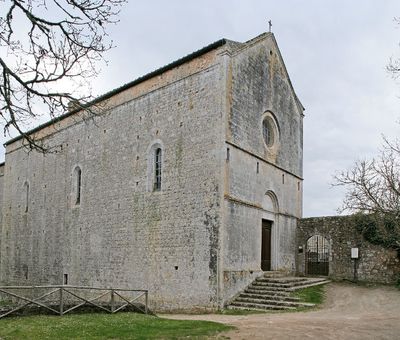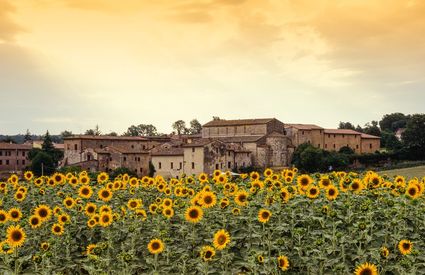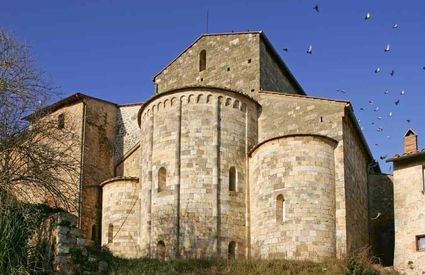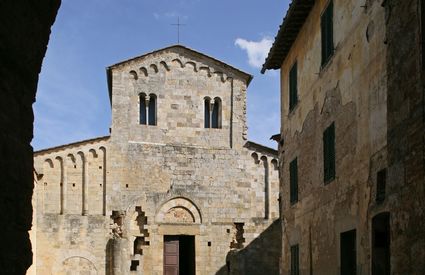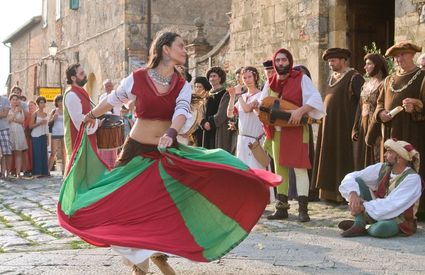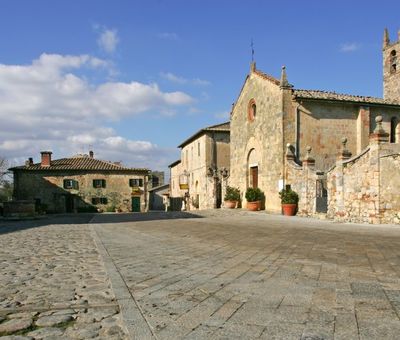The disappearing marsh
The monks of Abbadia Isola truly performed an incredible feat when they reclaimed the marsh that once stretched between the abbey and the fort of Monteriggioni. Unhealthy airs gave way to a cultivable plain right next to the Via Francigena, along one of the road’s most beautiful stretches. Along the way, the songs of birds and the rustling of woods still accompany the visitor on an exciting and enchanting stroll.
The hermits of Pian Del Lago
But another plain extends today where, up until the eighteenth century, the Verano Lake stood, reclaimed after a culvert was built in an act of incredible engineering for the times, commissioned by the Grand Duke Pietro Leopoldo. The woods, known in antiquity as the "Selva del Lago", bear the memory of that marshy past, which once welcomed hermitages and hermits retiring into the forest for a life of contemplation. Eremo di San Leonardo al Lago with its frescoed apse is still the subject of religious and secular admiration today.
The crown on the hill
The walls and towers of the fort of Monteriggioni give life to a singular crown form, the expression of perfect harmony between the building and the gentle hill on which it rests. In the past, however, the sight of these walls must have been terrible for the Florentine soldiers who were preparing to besiege it, so much so that Dante in Canto XXXI of Inferno likened the towers to "horrible giants". Today the walls of Monteriggioni remain impressive. Built by the Republic of Siena in the 13th century, they were finally conquered in the 16th century by enemy Florence after resisting numerous sieges.


